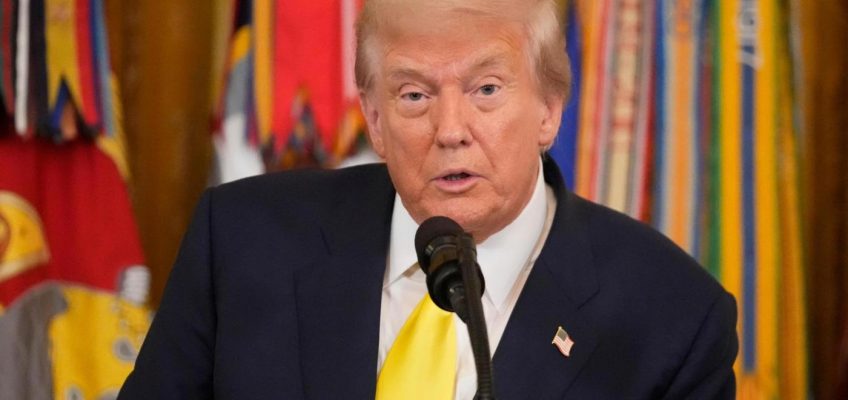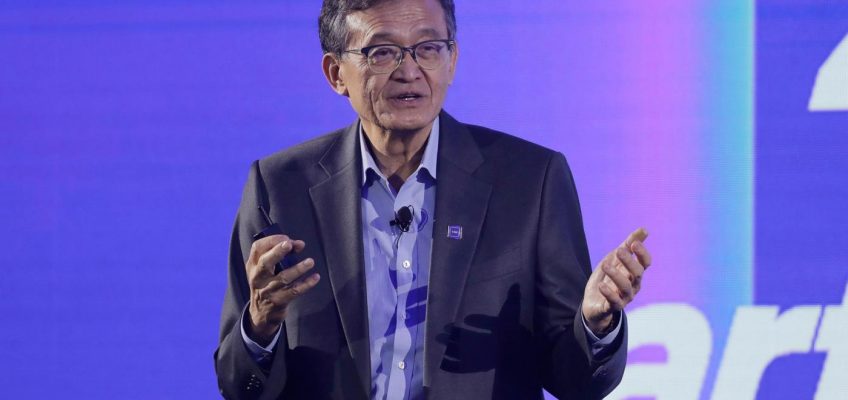Nearly 4 in 5 Americans agree — the state of their finances is a matter for concern.
Related Articles
Intel CEO responds after Trump calls for his resignation
Trump defends the US economy with charts after job reports showed warning signs
Roblox rolls out open-source AI system to protect kids from predators in chats
OpenAI launches GPT-5, a potential barometer for whether AI hype is justified
Trump to nominate top economic aide Stephen Miran to Federal Reserve board
More precisely, 79% had specific concerns when asked about their “current financial situation” earlier this year, in an April 2025 NerdWallet survey conducted online by The Harris Poll. All told, 64% of Americans had one or more worries about not having enough money saved, 44% about having too much debt and 26% about not making enough money.
While financial journeys vary from person to person, some experiences may be more common than you realize. Here’s some guidance on handling four of the most common money concerns, as revealed by the survey.
1. Not having enough saved for emergencies
Americans only save about 4.3% of their income, according to the U.S. Bureau of Economic Analysis. So it’s probably to be expected that about 2 in 5 Americans (41%) are concerned about not having enough money saved for emergencies, according to the survey.
Keeping a respectable emergency fund can help insulate your finances if you face unexpected expenses. This is a buffer — so it should be in addition to money saved for other goals, like retirement.
Ideally, you should aim to build up liquid savings of three to six times your core monthly expenses. If that sounds daunting, start small. Use a savings goal calculator to figure out how much you need to set aside each month to reach your target.
In addition to a savings account, evaluate your insurance needs to make sure you and your loved ones are covered in the case of a major emergency. Illnesses and injuries that keep you from working can quickly deplete your savings, so you might consider a disability insurance policy. And if someone besides you relies on your income — like kids, a spouse or aging parents — term life insurance can safeguard them in the event of your death. Some employers offer disability and life insurance policies as part of a benefits package; talk to your company’s HR professional.
2. Too little retirement savings
Nearly 2 in 5 Americans (39%) cited “not having enough saved for retirement” as a financial concern in the survey.
This isn’t totally surprising — families have just $87,000, on average, in retirement savings, according to the Federal Reserve’s 2022 Survey of Consumer Finances. That’s even though a recent study by the Transamerica Center for Retirement Studies found 87% of Americans in the private sector eventually plan to retire.
So what can you do?
One popular idea is the 50/30/20 budget, which suggests using 20% of take-home pay to save, invest for retirement and pay down debt. We recommend taking advantage of any match your company offers in a workplace retirement account, like a 401(k). You also might consider setting up other retirement accounts outside of your workplace, like a Roth IRA.
3. Too much credit card debt
About 1 in 4 Americans (23%) are concerned about having too much credit card debt. NerdWallet’s annual Household Credit Card Debt Study found that Americans with credit card debt owed over $10,000, on average, in 2024.
Carrying a credit card balance from month-to-month is costly, so paying down this debt should be a high priority. There are many strategies for paying off these high-interest debts.
One popular option, known as the debt snowball, focuses on paying off your balances from smallest to largest. Once your first balance is paid down, you can apply more to the next smallest balance, and so on. Another strategy — the debt avalanche — calls for putting that money towards paying down your highest interest balances first.
Of course, the best debt payoff plan for you is the one you’ll stick with.
If your credit is in good standing, a no- or low-interest balance transfer credit card could buy you some time to address your debt load. If your credit is suffering and you can’t keep up with your payments, a debt management plan from a nonprofit credit counseling firm could lower your balances and/or payments to make them more manageable.
4. Not making enough money
More than 1 in 5 Americans (21%) are worried about “not making enough money at my job.”
This is another concern backed up by the data. Growth in real median personal income has been relatively flat since 2019 according to the Census Bureau, and the Bureau of Labor Statistics consistently finds that 1 out of 3 college graduates is underemployed — meaning their job doesn’t require their level of education.
The most direct solution is to ask for a raise. Though these conversations can be difficult, they’re often worth the discomfort.
If you’re unable to get a raise, consider ways to make money outside of a full-time job. That can mean a part-time job or gig work, if you have the capacity to work more hours.
But more money might not be the answer. After all, the concern about making too little money was similar across income groups, with no statistically significant difference between the highest and lowest earners, according to the survey.
Luckily, people across the income spectrum can often find ways to lower their monthly bills. Ditching unused subscriptions, finding a less expensive cell phone plan and shopping around for better insurance rates are easy ways to get started.
The survey also had a bit of good news. Roughly 1 in 5 Americans (21%) say they don’t have any concerns about their personal financial situation. That’s the same share of the population as Texas and California combined, according to 2024 data from the U.S. Census.
The complete survey methodology is available in the original article, published at NerdWallet.
More From NerdWallet
The CFPB Is Still Standing … Barely. But Is It Doing Anything?
4 Ways to Become Your Own Consumer Advocate
Asked on Reddit: How Do I Recover From a Big Money Mistake?
Daniel Lathrop writes for NerdWallet. Email: articles@nerdwallet.com.
The article Four Frequent Money Worries – And What To Do About Them originally appeared on NerdWallet.




